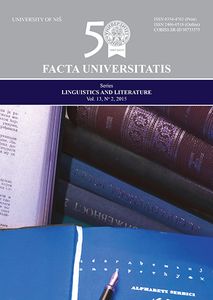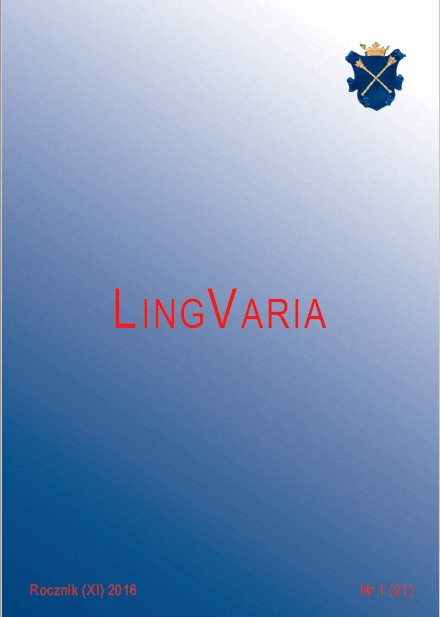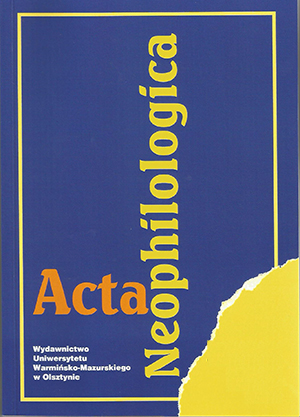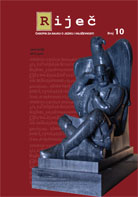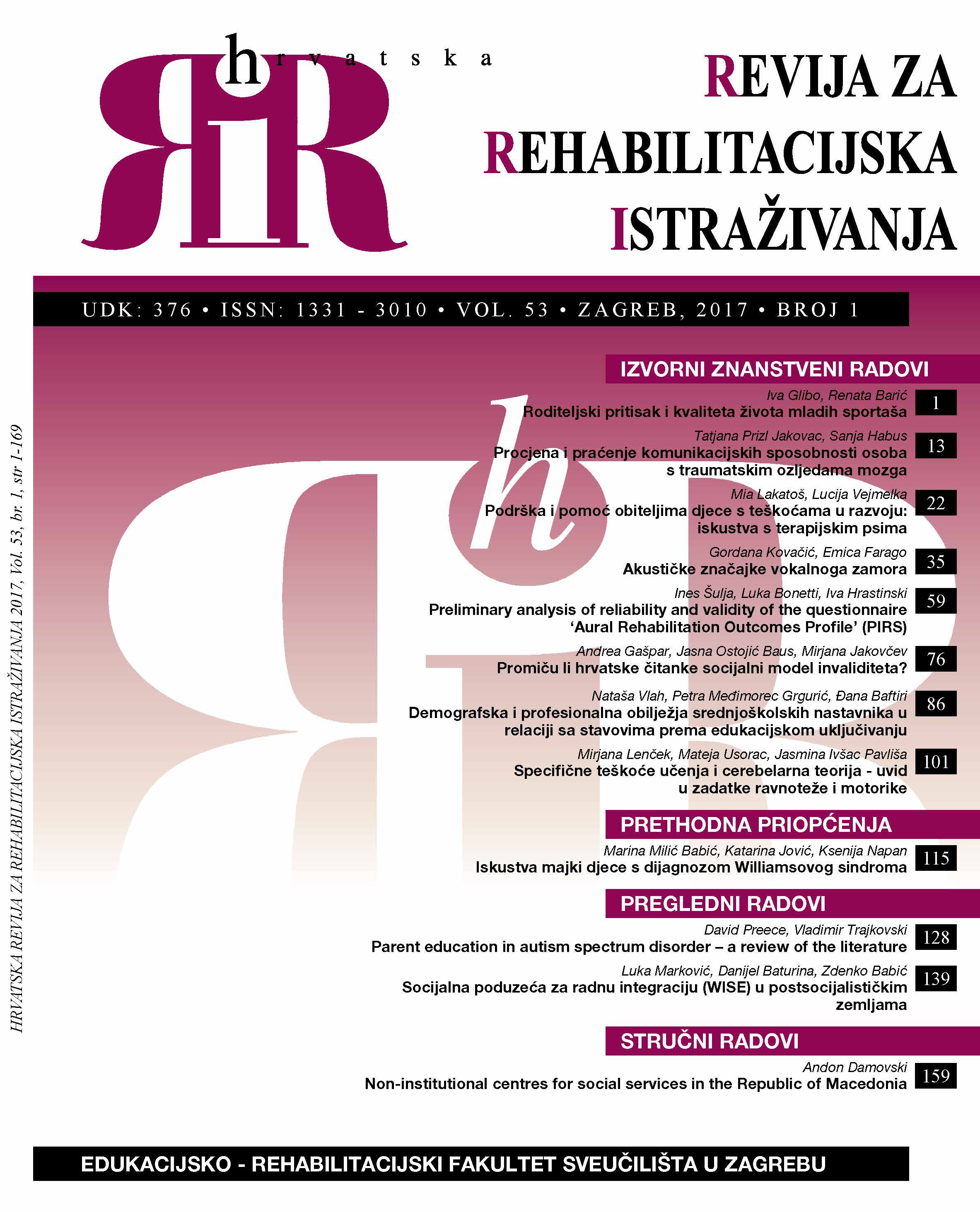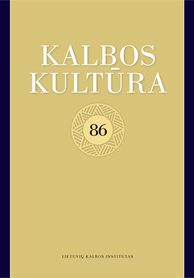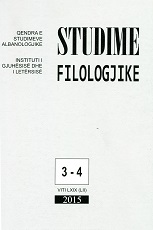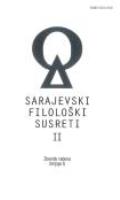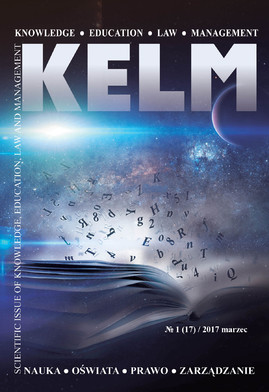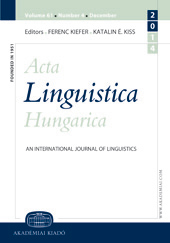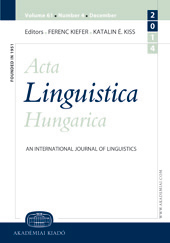Author(s): Rami Memushaj / Language(s): Albanian
Issue: 03-04/2015
Prof. Jorgji Gjinari is widely known as the main Albanian dialectologist, but he has also many contributions in other fields of linguistics as well. The dialectological research, at least in the traditional form that it is carried out by Albanian linguists, is multidisciplinary, including the phonetic, morphologic, lexical, and syntactic facets of language. Thus, the phonetic aspect of language, being part and parcel of the dialectal research, requires that the dialectologist not only to be prepared theoretically in the field of phonetics, but also to know deeply the phonological system of the language and of its dialects serving as object of his study. Without this knowledge can’t be carried out the field research and the analysis the phonetic system of any dialect. These conditions are fully fulfilled in the dialectological studies of prof. Jorgji Gjinari, comprising his articles, monographs or university textbooks. He started his scientific career in the field of dialectology, but later on he shifted to the study of the phonetic aspect of dialectal variants and of the standard variant of Albanian. He has treated in his studies the phonological system of dialectal variants of our language in the second part of XX century, some historic phenomena, such as the development of the kl and gl consonantic groups or of the ua/ue, ie and ye diphthongs, and changes in the phonological system of the two main dialects of Albanian. Besides, he has contributed to the study of the phonological system of the Standard Albanian with a number of papers and monographs on the vocalic and consonantic systems of the Standard, on the similarities and differences between these systems and those of the dialects, and on the alternations of Standard Albanian. In his writings on morphological alternations of the Standard there are elaborated for the first time in our linguistics some theoretical concepts such as the definition of the alternations, of their basic form etc., on which further morphological studies of Albanian are based. Prof. Gjinari’s scientific heritage include many papers, but his main works are the monograph “Dialektet e gjuhës shqipe” (The dialects of Albanian), the university textbook “Dialektologjia shqiptare” (The Albanian dialectology), and “Atlasi dialektologjik i gjuhës shqipe” (The Dialectal Atlas of the Albanian Language), of which he has been the main author and chief editor. This work, which is one of the three main works of the Albanian Linguistics of the last century, can be seen as the culmination of the work the prof. J. Gjinari’s work in the field of dialectology.
More...

